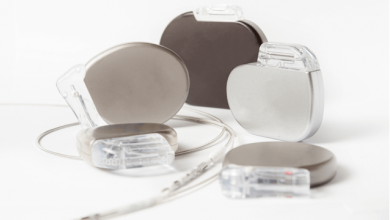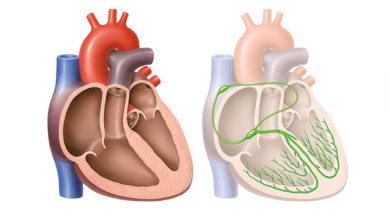Search results
A Critical Reappraisal of the Current Clinical Indications to Cardiac Resynchronisation Therapy
Author(s):
Antonio Sorgente
,
Riccardo Cappato
Added:
3 years ago
Article
Mark Josephson: Pioneer, Educator and Mentor to a Generation of Cardiac Electrophysiologists
Author(s):
William G Stevenson
Added:
3 years ago
Article
Implantable Cardiac Monitoring
Author(s):
Jan Steffel
,
,
Start date:
Sep 23, 2021
Broadcast
Author(s):
Niraj Varma
,
Renato Pietro Ricci
,
Loredana Morichelli
Added:
3 years ago
Monitoring after implant of patients with cardiac implantable electronic devices (CIED) forms a part of both device and patient care, and is the responsibility of the implanting centre. Monitoring is challenged by the increasing number and technical complexity of implanted devices coupled with the increasing clinical complexity of the patient population. Current practice is based on quarterly to…
View more
Optimal Management of CIED Infections – Ep. 1: What is a CIED?
Author(s):
Angelo Auricchio
,
Archana Rao
Added:
1 year ago
Podcast Episode
The Role of Cardiac MRI in the Diagnosis and Risk Stratification of Hypertrophic Cardiomyopathy
Author(s):
Ethan J Rowin
,
Martin S Maron
Added:
3 years ago
Article
Author(s):
Alexander Steger
,
Daniel Sinnecker
,
Petra Barthel
,
et al
Added:
3 years ago
In 1885, Oscar Langendorff was the first person to describe the increase in contractility (‘Pulsverstärkung‘) that follows an extrasystole.1Langendorff experimented with spontaneously beating isolated frog hearts. He recorded the heartbeats by using a lever that transferred the contractile movements of the heart to a rotating drum. Electrical stimulation resulted in premature contractions that…
View more
LBBAP in Heart Failure
Author(s):
Juan Carlos Diaz
,
Mauricio Duque
,
Julian Aristizabal
,
et al
Added:
4 months ago
Article
Author(s):
Angelo Auricchio
Added:
3 years ago
Despite the fact that more than 20 years have passed since the clinical introduction of cardiac resynchronisation therapy (CRT), one of the key questions – do we need an ICD for primary prevention of sudden cardiac death (SCD) in CRT patients? – is still unanswered.
Prospective Randomised Controlled Trials
Multiple prospective randomised controlled trials have been conducted to establish the…
View more
Cardiac Device Allergies
Author(s):
Emma Kealaher
,
Parin Shah
,
Tharindra Dissanayake
,
et al
Added:
1 year ago
Article














 « First
« First